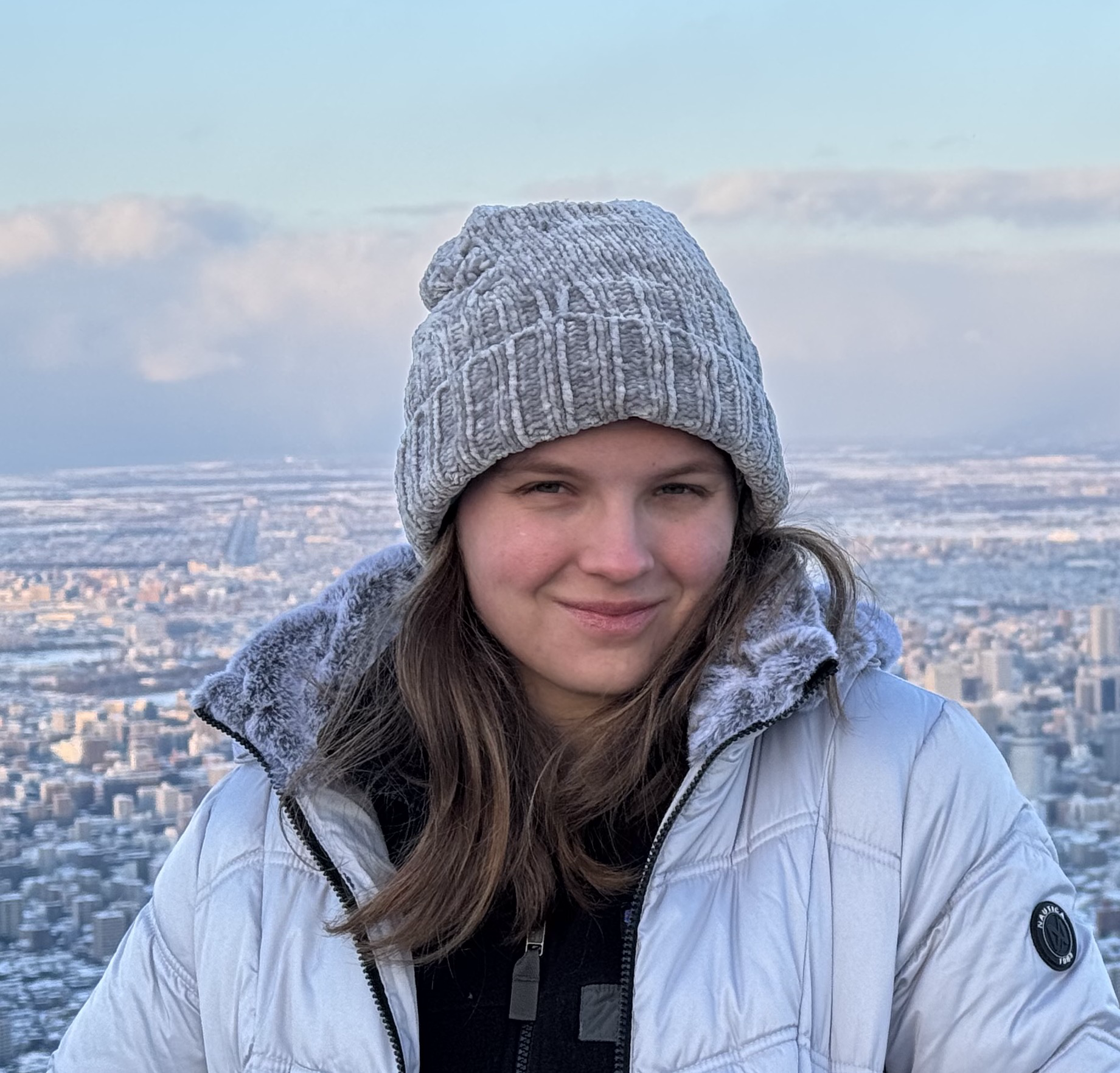Discovering Phonological Representations: The Case of French Liaison
Annika Heuser, 2025
To be published in Proceedings of the 49th annual Boston University Conference on Language Development (BUCLD 49)
Abstract: How do children learn abstract underlying representations (URs) from the surface representations (SRs) of their language? We posit that at first, children maintain that the UR is identical to the SR. We refer to this assumption as the Surface True Hypothesis (STH). As they acquire their language, children must learn to abandon the STH and posit more abstract URs. We propose a quantitative theory of why and when children will do so. We formalize the STH as a 1-to-1 mapping constraint between phonological forms and concepts. Many-to-1 mappings constitute exceptions to the STH 1-to-1 mapping rule. We evoke the Tolerance Principle to quantify when there are too many exceptions to the STH, such that the child must embrace abstract URs. We provide a concrete example through the case study of the acquisition of French liaison. We outline the experimental evidence suggesting three stages of liaison acquisition. The transition between stage 1 and stage 2 corresponds to the transition from the STH to more abstract URs. This transition occurs at about 24 months. We simulate the acquisition of a child’s vocabulary using French CHILDES. We find that liaison results in more many-to-1 mapping exceptions than the STH can tolerate when the receptive vocabulary size reaches 350-400 words. This is approximately the size we would expect at 24 months, the age of the stage 1 to 2 transition. Our model therefore successfully predicts when children realize that abstract URs are necessary based on the alternations in the input data.
Recommended citation: Heuser, A. (2025). Discovering Phonological Representations: The Case of French Liaison. In Proceedings of the 49th annual Boston University Conference on Language Development (BUCLD 49). Somerville, MA: Cascadilla Press.
